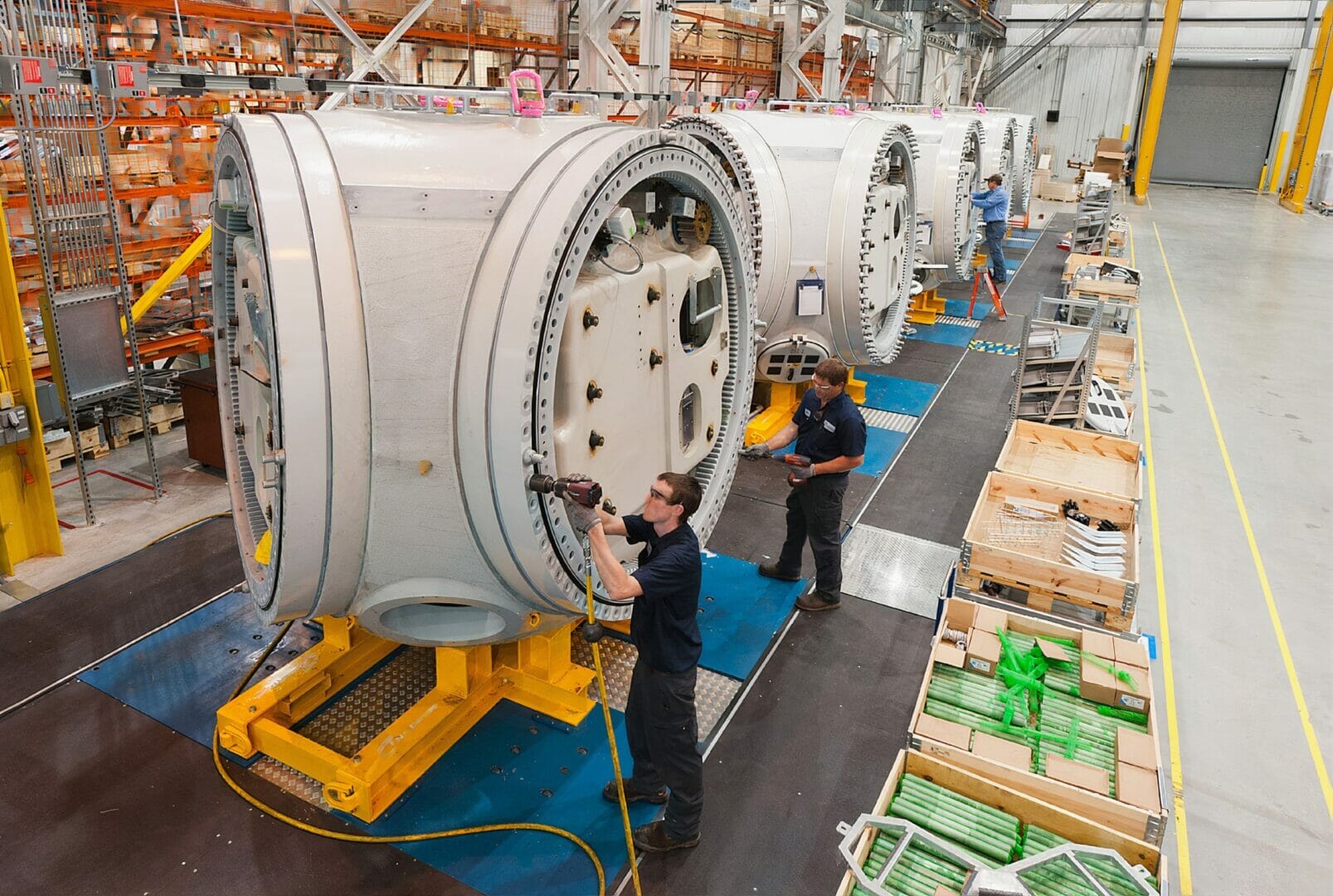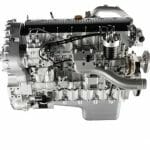Technologies that were once thought to be science fiction are now common in manufacturing. Cobots and humans together work side by side, processes are simulated through digital twins and employees can be trained remotely thanks to virtual reality. However, one of the biggest issues remains how to get the right part or raw material, to the right place, at the right moment. Here Neil Ballinger, head of EMEA at automation parts supplier EU Automation, offers some tips on how to optimise material flow management.
With mass customisation growing in popularity, material management is becoming one of the biggest challenges in all sectors of manufacturing. From automotive to textile production, manufacturers are successfully applying new production strategies, such as modularisation, to create more personalised end products while retaining the cost-effectiveness of traditional assembly production.
Mass customisation impacts all stages of material management, from procurement and storage to the delivery of parts to the factory floor. For example, assembly operators may have to deal with a larger variety of components, delivered in smaller quantities than in the past. This increases the risk that they will be sent the wrong parts and that an entire batch of products might have to be scrapped.
Even if the operator notices the mistake, the time wasted to send back the wrong components and receive the correct ones will, in the long run, have negative repercussions on productivity. So, what can manufacturers do to make sure that the supply of materials runs smoothly and that shortages don’t disrupt production?
Automate!
Typically, assemblers use paper labels to request a replenishment. Each component at each station has an associated label, that the operator will send to the designated storage area when requesting new supplies. A predetermined quantity of components is then delivered to the workstation, together with its original label.
At first glance, this system is very simple and straightforward, but in a fast-paced environment it can become confusing, especially when several storage locations are involved.
Luckily, this task can be easily automated through user-friendly systems that work with a touch screen, replacing paper labels with electronic notifications. These systems automatically track inventory levels and allow operators to request components by simply pressing a button. The request will be received by the appropriate station in the corresponding storage area, showing exactly which parts are being requested. This eliminates the risk that paper labels might be lost or mixed up, or that employees might receive the correct label but pick up the wrong parts.
A step forward
Some systems even allow manufacturers to set a replenishment threshold. Once the threshold is reached, the system automatically sends a replenishment request to the appropriate storage location, without any human intervention.
Parts replenishment can be further optimised by combining an electronic material management system with an automated delivery solution. Manufacturers might decide to replace manually pushed carts with automated guided vehicles (AGVs), so that workers don’t waste time traveling back and forth to fetch supplies. A cobot or an automated storage and retrieval system (ASRS) can also be implemented to pull the correct number of components from a specific storage location.
The benefits
Automating components replenishment means that inventory levels at each workstation are constantly monitored, so that production never has to stop or slow down because of supply shortages. This also allows managers to track metrics such as replenishment lead times.
Finally, automating material flow management reduces the chances of mistakes due to lost or mixed up paper labels, operators picking the wrong parts, or other human errors. This allows employees to stop worrying about component levels and focus instead on more productive tasks.
To learn more about solutions for factory automation and to order automation parts from all major suppliers, visit www.euautomation.com.





